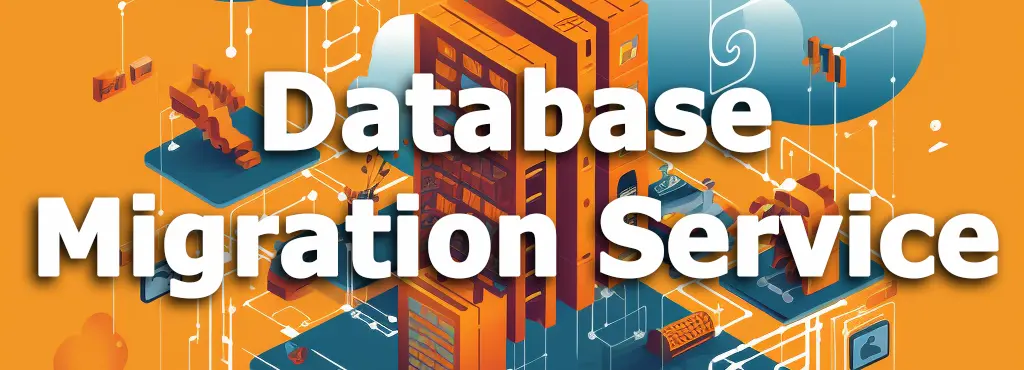Amazon RDS
Amazon RDS - is a fully managed service that enables users to create, manage, and scale relational databases in the cloud. It automates tasks such as backups, patching, and monitoring, allowing developers to focus on their applications rather than database administration.
Key definitions for Amazon RDS:
-
DB engines
- MySQL
- PostgreSQL
- Oracle
- Microsoft SQL Server
- Amazon Aurora
- MariaDB
-
Access Restrictions
AWS RDS is designed to simplify database management while providing secure access to the database instances. Unlike traditional virtual machines or bare-metal servers, RDS instances do not allow SSH (Secure Shell) connections. This is a deliberate design choice to enhance security and manageability. Users interact with the database through SQL queries or database-specific command line tools and management APIs, ensuring that the database layer remains secure from unauthorized operating system-level interactions.
-
Automated Provisioning
Amazon RDS automates the process of setting up and configuring a database instance, reducing the time and effort required for provisioning.
-
Operating System Patching
RDS handles OS patching automatically, ensuring that your database instances are always up to date with the latest security updates and bug fixes.
-
Continuous Backups and Point-in-Time Restore
RDS automatically takes continuous backups of your database, allowing you to restore your database to any specific timestamp within the backup retention period.
-
Monitoring Dashboards
Amazon RDS provides monitoring dashboards for your database instances, making it easy to track key performance metrics and identify potential issues.
-
Read Replicas
RDS supports read replicas, which can be used to offload read traffic from the primary database instance and improve read performance.
-
Multi-AZ Setup for Disaster Recovery
Amazon RDS offers Multi-AZ deployments, which provide enhanced availability and durability for your database instances by automatically replicating data across multiple Availability Zones.
-
Maintenance Windows
RDS allows you to define maintenance windows for your database instances, during which scheduled updates and upgrades can take place with minimal impact on your application's performance.
-
Scaling Capability
Amazon RDS provides both vertical and horizontal scaling options, allowing you to easily adjust the compute and storage resources of your database instances as your application's requirements change.
-
Storage Backed by EBS
Amazon RDS uses Elastic Block Store (EBS) volumes for database storage, which can be either General Purpose SSD (gp2) or Provisioned IOPS SSD (io1), depending on your performance needs.
Service integrates with:
Usage use cases
-
Web and Mobile Applications.
Provide a scalable and reliable database backend.
-
E-commerce Platforms.
Manage customer data and transactions.
-
Content Management Systems.
Store and manage content for websites and applications.
-
Business Intelligence.
Analyze large datasets to gain insights.
-
Data Warehousing.
Aggregate and store data from multiple sources for analysis.
FAQ for Amazon RDS
-
What is Amazon RDS?
RDS is a fully managed service that enables users to create, manage, and scale relational databases in the cloud. -
Can you use AWS RDS to manage NoSQL databases?
No, AWS RDS is specifically designed for relational databases. -
What is the purpose of Read Replicas in Amazon RDS?
Read Replicas in Amazon RDS are used to offload read traffic from the primary database instance, improving read performance and reducing the load on the primary instance. -
How does Amazon RDS ensure high availability and disaster recovery?
Amazon RDS offers Multi-AZ deployments, which provide enhanced availability and durability for your database instances by automatically replicating data across multiple Availability Zones.







